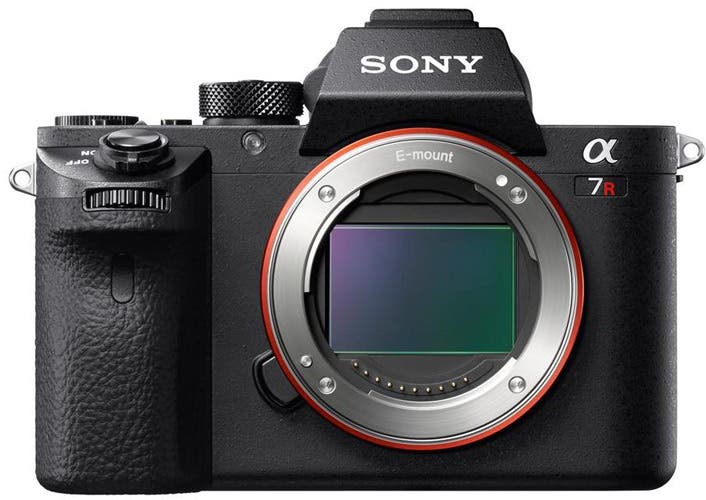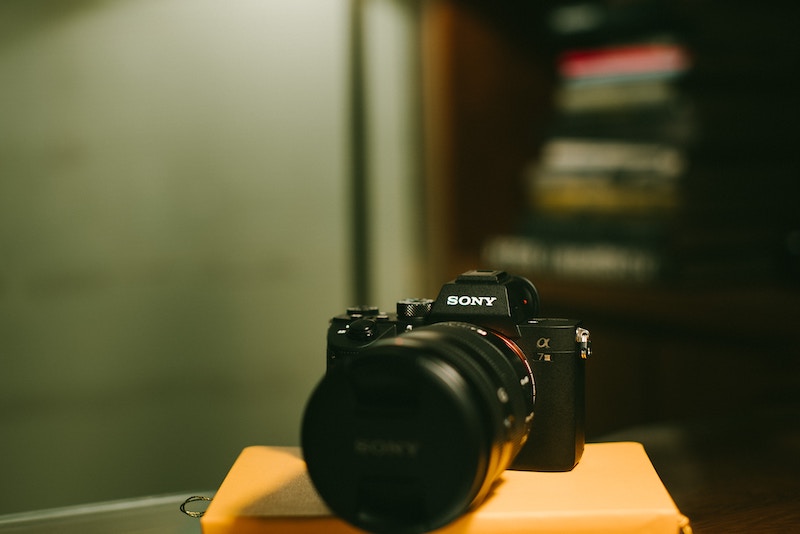
As with the Z7, the EVF occasionally blanks out when you shoot in bursts, making it nigh-on impossible to follow fast-moving subjects.įor subjects that don't move around much, autofocus works very well. Still, you'll occasionally lose your subject, especially with automatic tracking instead of center point autofocus. To me, it feels like the Z6 has slightly faster AF performance than the Z7, possibly because there are only 273 phase- and contrast-detect points instead of 497.

During action shooting, though, the tracking system can lose the subject and focus on the background instead, ruining the shot. Autofocus works great as long as your subject doesn't move around much. The Z6 matches the Z7 in other ways, too. That's still a fraction of the 163 frames you can capture with Sony's A7 III, however. With much smaller file sizes on the Z6, however, you can at least capture more frames before the buffer fills (47 compared to 26 JPEGs). Burst-shooting speeds are a bit faster (12 fps compared to 9 fps), but still only 5.5 fps with continuous autofocus enabled. PerformanceĬonsidering that it has nearly half the resolution of the Z7 (and thus a quarter the bandwidth needs), it's surprising that the Z6 suffers some of the same performance issues. Newer lenses have more features, like metering and autofocus, enabled. If you need better lenses today, you can always purchase the $250 FTZ adapter and use any of Nikon's current F-Mount glass with varying degrees of compatibility.
Best frame mirrorless camera 2018 manual#
Luckily, by 2020 it will have 13 Z-Mount lenses, including the insanely fast Nikon 58mm Noct-Z manual mount lense that's coming next year. Right now, however, it doesn't have a great selection, with just three models: the 24-70mm f/4 S zoom, wide-angle 35mm f/1.8 S and standard 50mm f/1.8 prime. And thanks to the large mount diameter and short flange distance, Nikon can build sharper, faster and lighter Z-Mount lenses than it could with its DSLRs. You'll have another option later, though, as Nikon will support CFExpress cards down the road via a firmware update, offering even more speed.Īs I mentioned in the Z7 review, if you decide to buy a Z6 or Z7, you're not just buying a camera but jumping into an entirely new camera system.

Nikon also elected to go with more exotic XQD cards, which offer higher speeds of up to 400 MB/s, but are both more expensive and harder to find. Nikon likely decided to stick to a single slot to hit the $2,000 price point, but its chief rival, Sony's A7 III, does have two SD cards (though only one is the faster UHS II variety). Perhaps the biggest negative with the Nikon Z6, as with the Z7, is the lack of dual card slots. As with the Z7, when you're shooting in bursts, it often has trouble keeping up with the camera. However, the 60 Hz refresh rate is lower than rival cameras and creates some lag while in use. Your best bet is to program the Q menu and buttons so you rarely need to dive into the menus.Īs for the electronic viewfinder (EVF), it's excellent, providing a clear image thanks to the 3.69 million dot, 0.8 times magnification OLED display. You have to do a lot of scrolling to find certain items, and they're not always where you'd expect them. Perhaps the only black mark is on the menu system, which I found a bit too complex.

If you're used to Nikon cameras, you'll be right at home. All the controls, from the power switch to the focus point joystick, are just where you need them.


 0 kommentar(er)
0 kommentar(er)
